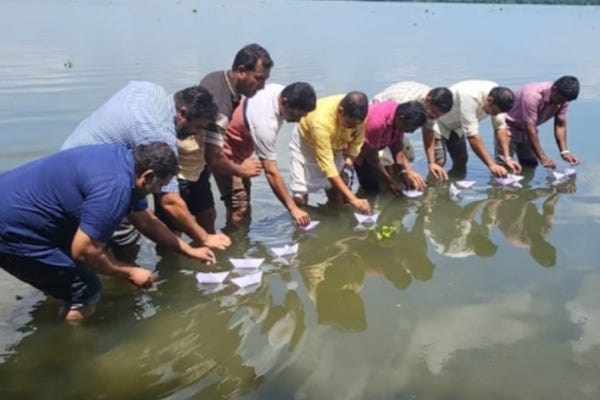Fire, water, and scuffles: Indian Catholics defy liturgy ultimatum
Protests erupted in the southern state of Kerala after an order that Syro-Malabar Catholics accept a new liturgy or face possible excommunication
Protests erupted in the southern Indian state of Kerala at the weekend following the announcement that Syro-Malabar Catholics must accept a new liturgy or face possible excommunication.

